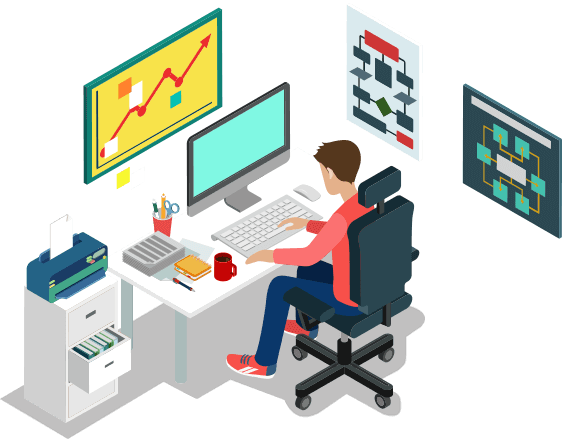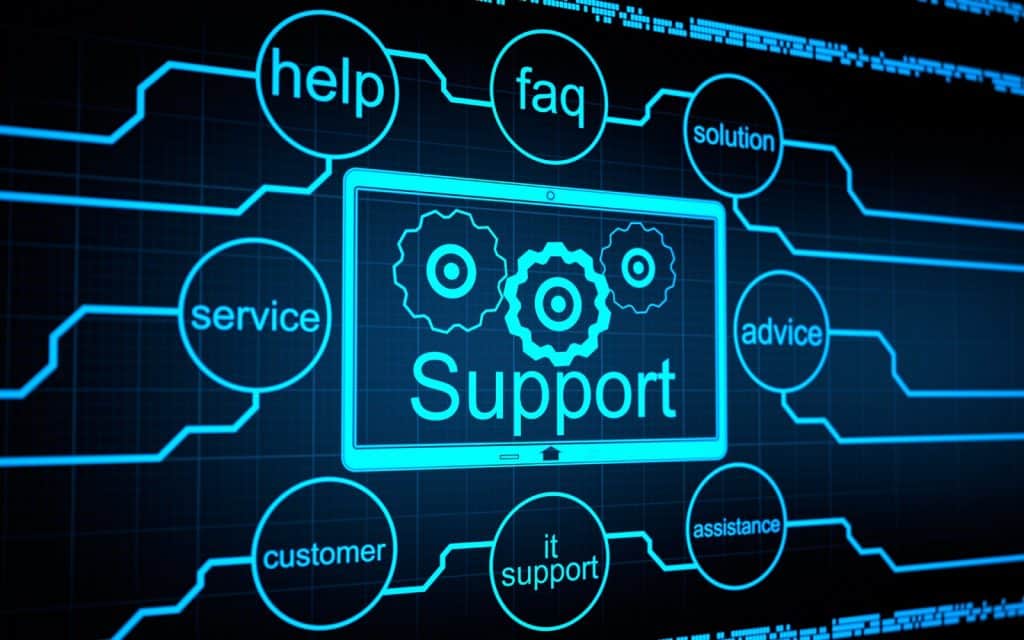Earlier this year, I was tapped to create and manage our client service portal here at Ascend Integrated. Looking back at my prior experiences as both a guide for what not to do and an inspiration for how to elevate the customer experience, I began to recall my first foray into ITSM outsourcing.
A decade ago, in another life, the fin-tech startup I had been working at for the past few years hit their stride and began a period of rapid growth expansion. It was an exciting time and the future seemed bright. And bright it was, so bright in fact that we had to wear shades.
The influx of new clients revealed a host of underlying issues that had gone largely ignored in pursuit of growth and investment. In order to succeed we needed to adapt, create efficiencies, and automate fluidly. One of the areas that needed to scale quickly was the client experience, primarily the workflows surrounding internal service level agreements (SLAs) and external communication.
It quickly became clear that we needed a better method to track and respond to client requests, questions, and issues as well communicate internally. Thus, the search began for an ITSM solution that would meet the needs of the entire company.

After weeks of demos, sandbox testing, and internal discussions, a vendor was selected and we began down the road to implementation. As soon as we did, however, we hit a major roadblock. The software’s feature suite was known in addition to the general idea of the efficiencies to be developed, but we hadn’t pictured what our ideal system looked like.
Up until now, most departments operated in silos with most of the workflow determined by direct managers. Change had to occur, but what those changes would be and how they could be unified were still unknown.
At the time, we chose to develop our new ITSM solution in-house. We thought, “Hey, we’re a software development company with internal Engineering teams and lots of smart people, we can figure this out easily.”
There were constant speed bumps and growing pains along this journey. It took the better part of a year and an extremely patient client as a beta partner, but we did eventually get our system rolled out and scaled for hundreds of client organizations.
And still, after all that planning, testing, and effort, clients were hesitant with this new method of interaction when it was initially introduced. They were apprehensive that instead of picking up the phone, they would submit a ticket via a client portal. It seemed too impersonal. There was concern that the service level would decrease with this new approach. The list of hesitations was long and getting buy-in took time.
Ultimately, what sold these clients on this exciting new product were the efficiencies they were seeing in real-time. Communication improved, response times to requests became shorter, fewer items were lost in the shuffle of emails, and internal staff was able to focus more on the client leading to a net-positive experience for everyone involved.

Today, there are many more tools and cross-product integration providers. Navigating the jungle of vendors can be daunting to say the least. A constant in the ITSM space is change. The way both teams and systems are managed are unique to each organization, as are the expectations for success. Both will continue to change with time and growth.
Though over ten years have passed and the sophistication of ITSM software has grown exponentially, the reasons behind necessitating these tools remains the same. Regardless if your company has a staff of 10 or 100,000, in order to be setup for success, it is advantageous for staff needs to be able to focus on the client and the work product above all else.
I’ve occasionally reflected about what I would change if I could change one thing about that initial experience. The conclusion was that I wished our company had the guidance of subject matter experts who brought an outside perspective and a wealth of experience along with them to simplify the process and help conceptualize a needs-meeting product.
I’ve worked in a wide array of industries throughout my career, but before my time here at Ascend Integrated, I didn’t know I was missing a piece of that answer. The staff at Ascend are a real team and that carries over to all of our clients. We don’t support each other just because we’re a team; we’re a team because we support each other. Our customers are part of our team, and that’s what makes us exceptional.
